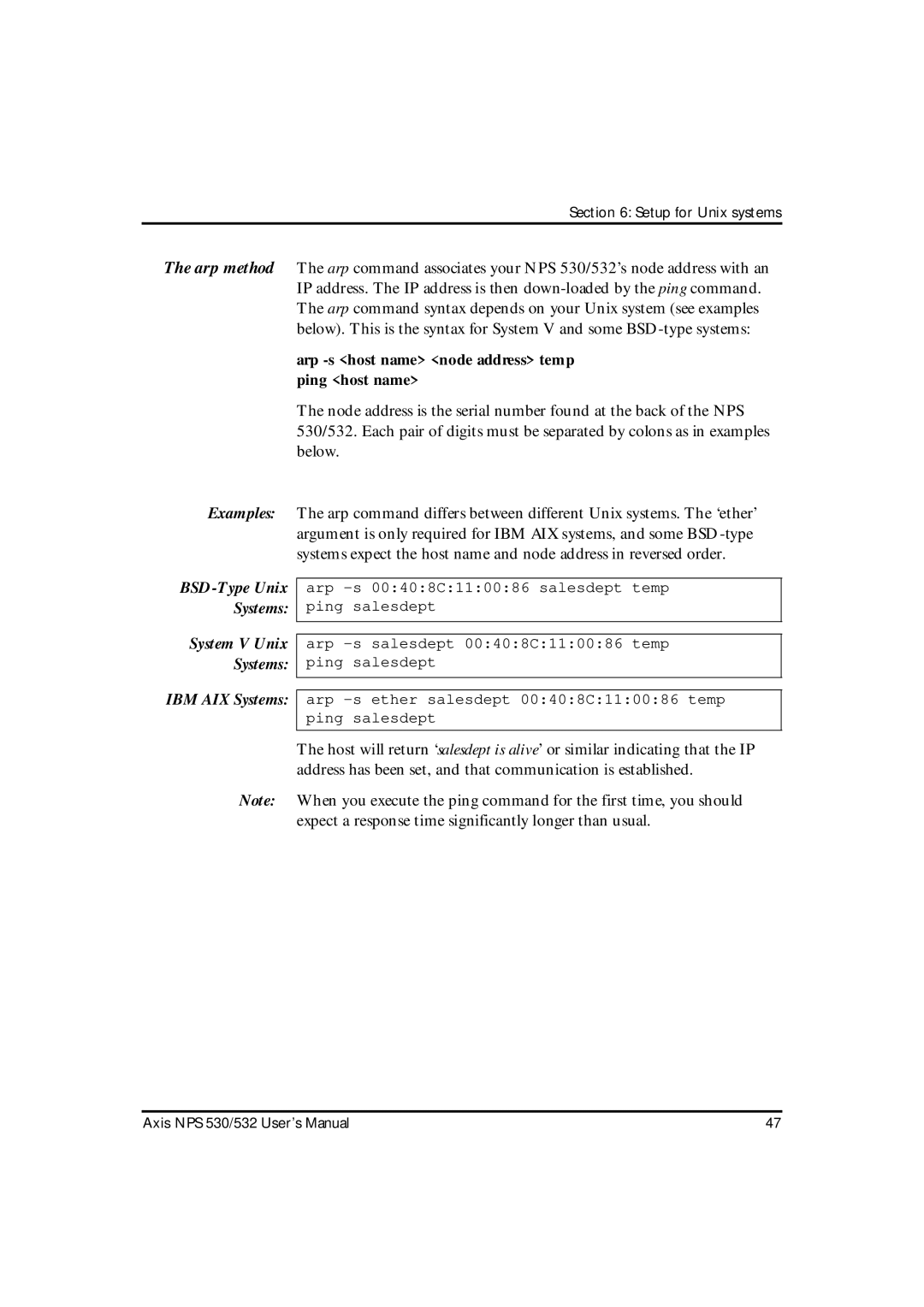NPS 532, NPS 530 specifications
Axis Communications, known for its innovative network video solutions, has recently introduced its new line of network power supplies, the NPS 530 and NPS 532. These robust devices are designed to meet the increasing power demands of network cameras, ensuring reliable and efficient operation in various surveillance applications.The Axis NPS 530 and NPS 532 power supplies are engineered for optimal performance in network video installations. One of their main features is their high power output. The NPS 530 provides up to 60 W, while the NPS 532 delivers up to 120 W of power, making them suitable for powering multiple network devices simultaneously. This high power capability allows for the use of more advanced cameras equipped with enhanced features, such as pan-tilt-zoom (PTZ) functionality, which can require significantly more power.
Both models are equipped with Power over Ethernet (PoE) technology, which simplifies installation and reduces the need for additional wiring. PoE enables a single cable to provide both data connection and electrical power to devices, making the installation process more efficient and cost-effective. The NPS 530 and NPS 532 support the IEEE 802.3at and 802.3af PoE standards, ensuring compatibility with a wide range of network devices.
Another key characteristic of these power supplies is their resilience and reliability. The rugged design of the NPS series ensures durability in various environmental conditions, making them suitable for both indoor and outdoor installations. They are constructed with high-quality components that enhance their longevity, reducing the total cost of ownership over time.
The NPS 530 and NPS 532 also feature advanced thermal management systems. These systems help maintain optimal operating temperatures, preventing overheating during prolonged usage. Additionally, both models include LED indicators that provide real-time status updates, allowing users to monitor the operational state at a glance.
In conclusion, the Axis NPS 530 and NPS 532 power supplies stand out in the market for their high performance, advanced PoE technology, and robust design. They offer an ideal solution for modern surveillance needs, ensuring security professionals can deploy powerful network cameras with confidence. With these innovations, Axis Communications continues to set the standard in reliable video surveillance technology.

